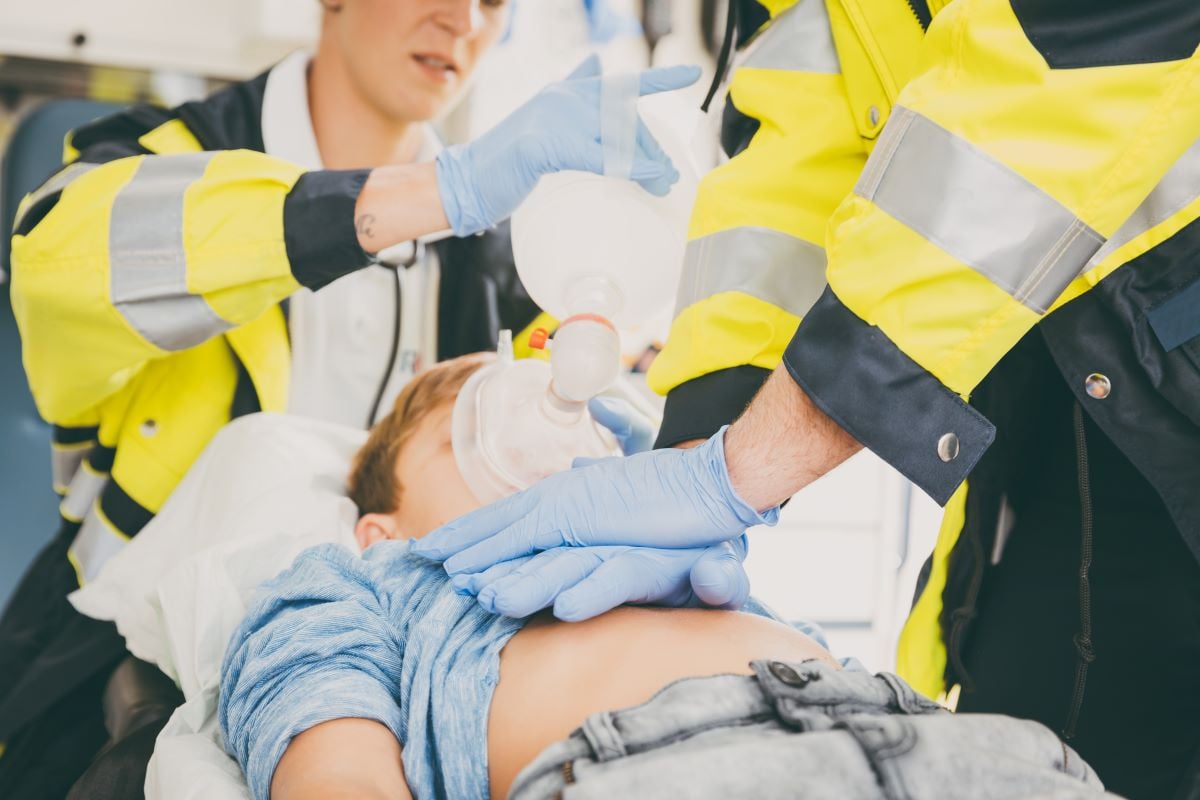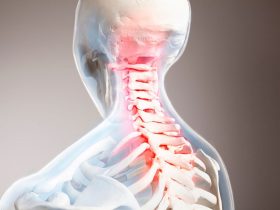Trauma was more common among elementary school-age students, while psychiatric conditions/substance abuse seen more frequently among adolescents
By Lori Solomon HealthDay Reporter
TUESDAY, July 8, 2025 (HealthDay News) — Most emergency medical service (EMS) responses to schools result in transport to the hospital setting, according to a study published online July 1 in Pediatrics.
Michael D. Harries, M.D., from the Ann & Robert H. Lurie Children’s Hospital of Chicago, and colleagues analyzed school-based emergency responses using the National EMS Information System before, during, and after the COVID-19 pandemic (2018 to 2022).
Based on 506,573 school-based EMS encounters (51.5 percent male; median age, 14 years), representing 11.3 percent of all pediatric EMS scene responses, the researchers reported that most encounters (69.1 percent) resulted in transport to the hospital. The most common diagnosis categories included neurologic diseases (19.1 percent), psychiatric conditions/substance abuse (16.7 percent), and trauma (15.0 percent). Trauma was more common among elementary school-age students (17.5 percent), while psychiatric conditions/substance abuse occurred more frequently among adolescents (18.6 percent). The most common interventions included cardiac assessment (20.1 percent) and vascular access (17.4 percent). The most frequently administered medications included analgesics (4.1 percent), albuterol (2.7 percent), and antiseizure medications (1.5 percent).
“Our findings highlight specific target areas for training of school staff and EMS personnel, and highlight which emergency medication/equipment should be available in the school setting,” the authors write.
Abstract/Full Text (subscription or payment may be required)
Editorial (subscription or payment may be required)
Copyright © 2025 HealthDay. All rights reserved.







